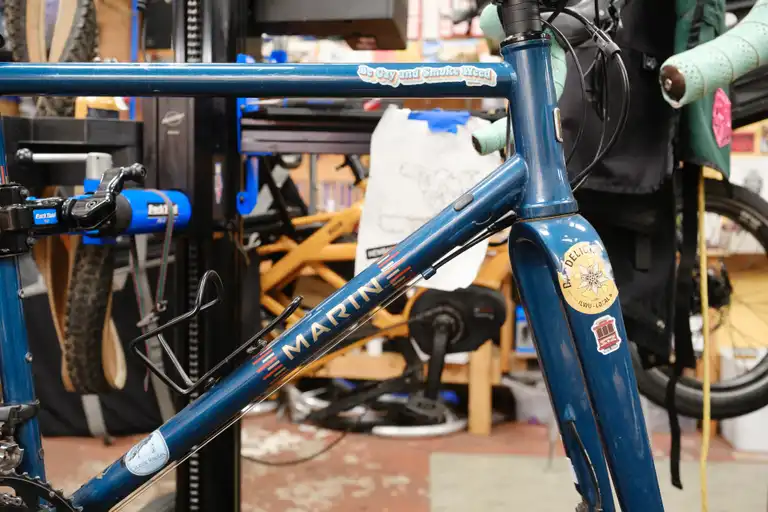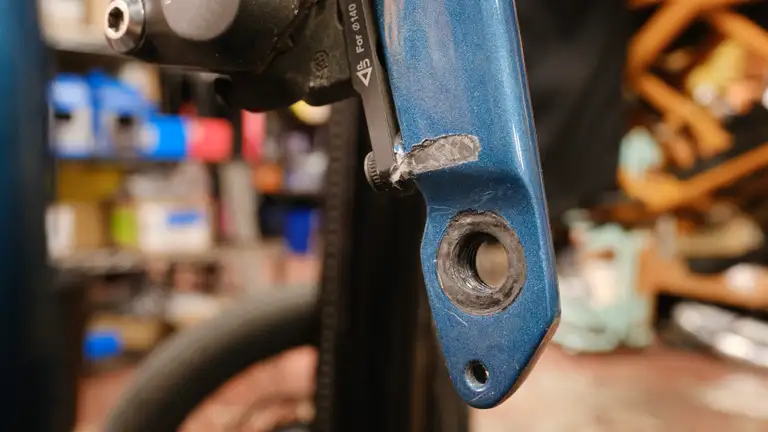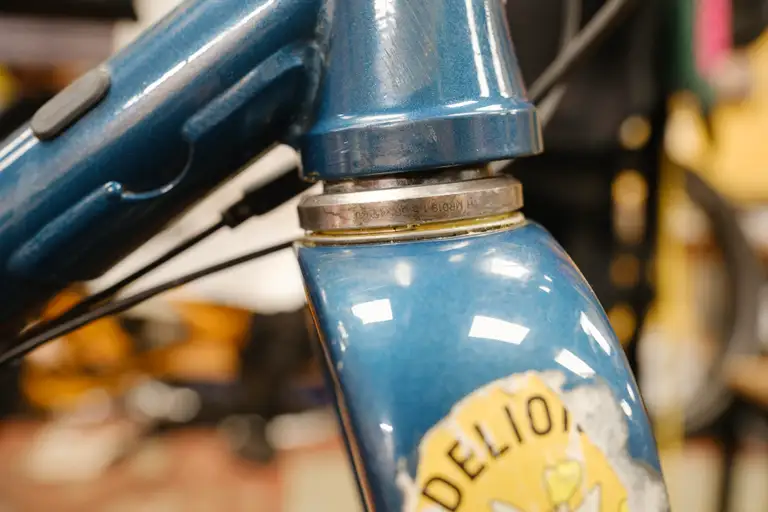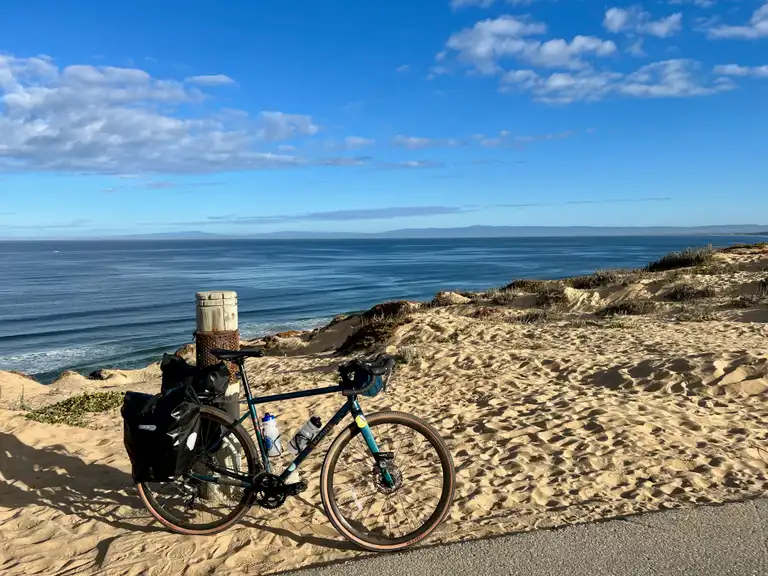My Marin Nicasio 2 is the first bike I bought when I moved back to San Francisco. It’s still the bike I have the most mileage on and I’ve been through a lot with it. I haven’t ridden it for a long while due to bike fit and health problems. It’s a more aggressive position than the bikes I tend to ride these days. But my wrist issues are getting managed and I keep learning more about how to get comfortable on a bike.
My other bikes are objectively more rad but I keep missing this bike. Especially after riding the Brompton since it’s got that more nimble and responsive feeling to it — like the Marin does — that my slacker, chiller bikes don’t. There was a point where this bike felt like a glove, that wonderful feeling of having the bike be an extension of your body.
I’m going to slowly try to get back on to this bike again. It’ll be with the stock 700c wheels. I built 650b wheels for this bike but Kat rebuilt them for egret. Those 650b wheels had centerlock hubs and I think my lack of caution there damaged the fork from lockring rub. (At least, that’s the working theory. Shoutout to bean for pointing it out.)
I could get the fork repaired. I think carbon should be repaired more often since its so ubiquitous now and the environmental cost of carbon components is high. However, I also ran a dangerously high stem on this fork before I knew better. It’s not good to do that with carbon steerers because they’re not designed for that kind of leverage. I didn’t run it for long and I certainly wasn’t biking very hard during that time. But nonetheless I’m starting to think it might be better to replace the fork. I can get something reputable from ENVE and not always be worrying about it in the back of my head.
tbh I’m considering putting a steel fork in here. The head tube lower has a 1-1/2" bore with an integrated race (IS52). That probably means I’d need a custom fork with a tapered steel steerer like Paragon carries. Or I could probably use a 52/30 Cane Creek crown race with a straight steerer fork. I don’t think I can use a head tube reducer since it’s an integrated race — not external cup. Maybe it’s time for a custom steel fork! This existing one has a 395mm axle-to-crown length and a 50mm rake.
I try to avoid being dogmatic about bike opinions. I’ve only been heavily riding bikes for a few years and I plan to do so for decades more. It seems silly to have strong takes so early. So I don’t want to write off carbon as a material choice in bikes for the masses just yet. I like carbon seatposts — they have some flex to them that feels good.1 Carbon forks feel harder to justify. Do they improve the ride quality in any way other than weighing less?2 Their production is worse for the environment, they’re more fragile, repair is less accessible, and they reduce the versatility of the bike (stack limits and lower carrying capacities).
Debating what to do next! I could get a beautiful custom steel fork for two-thirds the price.
Assuming you have enough exposed seatpost and the effect isn’t overshadowed by the vibration absorption from anything you’re carrying. CyclingAbout has a great article on seatpost comfort. ↩︎
A carbon ENVE Gravel Disk Fork weighs 520g and a steel Ritchey WCS Adventure Fork weighs 1155g. That’s 1.4lbs more for a ~26lb bicycle, a 5% increase in bike weight let alone system weight. On a different bike one could get a threaded steerer canti fork at 785g. ↩︎
- Next (): 2024 Riding Plans
- Prev (): Brompton Seat Sleeve Warranty



